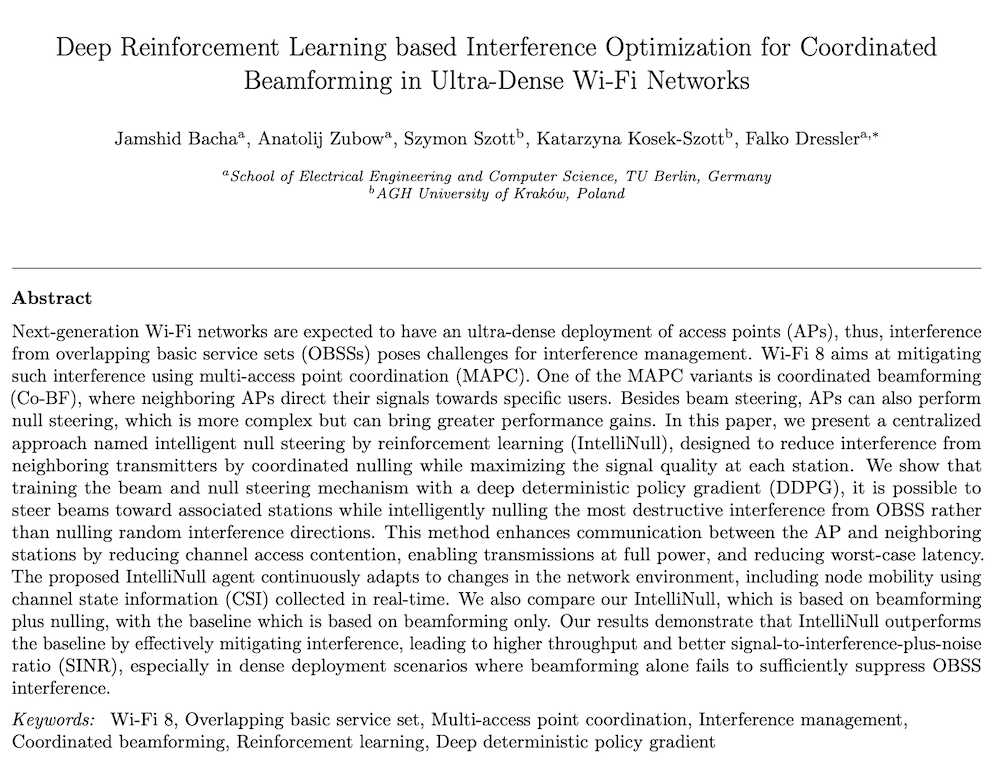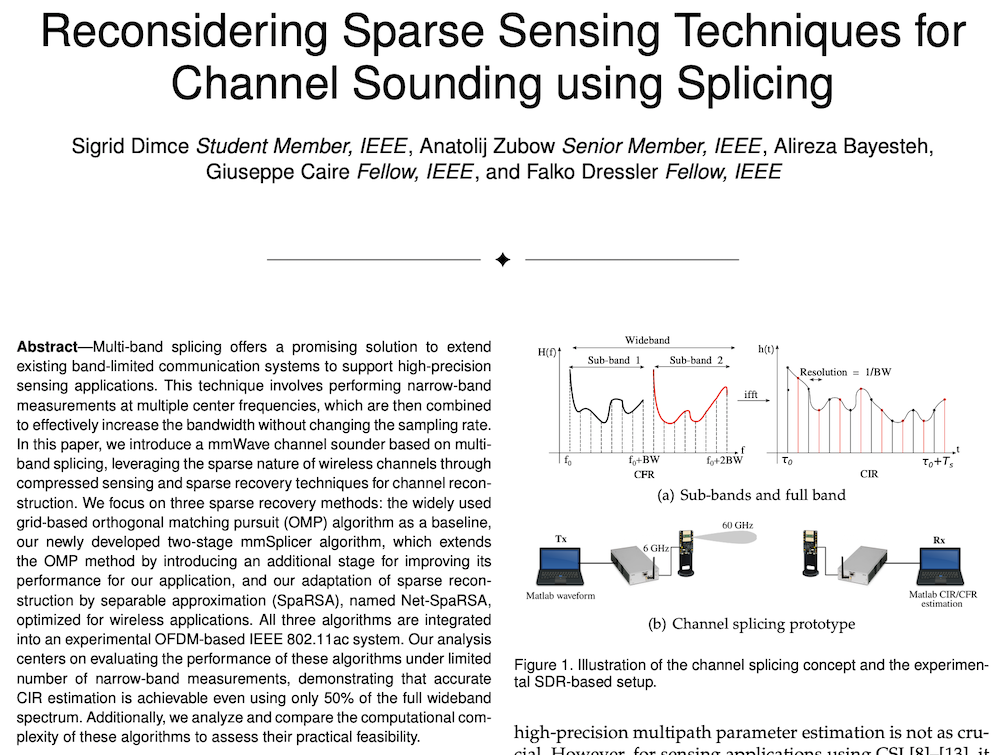Literature Database Entry
karakaya2022realistic-preprint
Ahmet-Serdar Karakaya, Konstantin Köhler, Julian Heinovski, Falko Dressler and David Bermbach, "A Realistic Cyclist Model for SUMO Based on the SimRa Dataset," arXiv, cs.MA, 2205.04538, May 2022, pp. 1–9.
Abstract
Increasing the modal share of bicycle traffic to reduce carbon emissions, reduce urban car traffic, and to improve the health of citizens, requires a shift away from car-centric city planning. For this, traffic planners often rely on simulation tools such as SUMO which allow them to study the effects of construction changes before implementing them. Similarly, studies of vulnerable road users, here cyclists, also use such models to assess the performance of communication-based road traffic safety systems. The cyclist model in SUMO, however, is very imprecise as SUMO cyclists behave either like slow cars or fast pedestrians, thus, casting doubt on simulation results for bicycle traffic. In this paper, we analyze acceleration, velocity, and intersection left-turn behavior of cyclists in a large dataset of real world cycle tracks. We use the results to derive an improved cyclist model and implement it in SUMO.
Quick access
Original Version ![]() (at publishers web site)
(at publishers web site)
Authors' Version ![]() (PDF on this web site)
(PDF on this web site)
BibTeX ![]()
Contact
Ahmet-Serdar Karakaya
Konstantin Köhler
Julian Heinovski
Falko Dressler
David Bermbach
BibTeX reference
@techreport{karakaya2022realistic-preprint,
author = {Karakaya, Ahmet-Serdar and K{\"{o}}hler, Konstantin and Heinovski, Julian and Dressler, Falko and Bermbach, David},
doi = {10.48550/arXiv.2205.04538},
title = {{A Realistic Cyclist Model for SUMO Based on the SimRa Dataset}},
institution = {arXiv},
month = {5},
number = {2205.04538},
pages = {1--9},
type = {cs.MA},
year = {2022},
}
Copyright notice
Links to final or draft versions of papers are presented here to ensure timely dissemination of scholarly and technical work. Copyright and all rights therein are retained by authors or by other copyright holders. All persons copying this information are expected to adhere to the terms and constraints invoked by each author's copyright. In most cases, these works may not be reposted or distributed for commercial purposes without the explicit permission of the copyright holder.
The following applies to all papers listed above that have IEEE copyrights: Personal use of this material is permitted. However, permission to reprint/republish this material for advertising or promotional purposes or for creating new collective works for resale or redistribution to servers or lists, or to reuse any copyrighted component of this work in other works must be obtained from the IEEE.
The following applies to all papers listed above that are in submission to IEEE conference/workshop proceedings or journals: This work has been submitted to the IEEE for possible publication. Copyright may be transferred without notice, after which this version may no longer be accessible.
The following applies to all papers listed above that have ACM copyrights: ACM COPYRIGHT NOTICE. Permission to make digital or hard copies of part or all of this work for personal or classroom use is granted without fee provided that copies are not made or distributed for profit or commercial advantage and that copies bear this notice and the full citation on the first page. Copyrights for components of this work owned by others than ACM must be honored. Abstracting with credit is permitted. To copy otherwise, to republish, to post on servers, or to redistribute to lists, requires prior specific permission and/or a fee. Request permissions from Publications Dept., ACM, Inc., fax +1 (212) 869-0481, or permissions@acm.org.
The following applies to all SpringerLink papers listed above that have Springer Science+Business Media copyrights: The original publication is available at www.springerlink.com.
This page was automatically generated using BibDB and bib2web.





